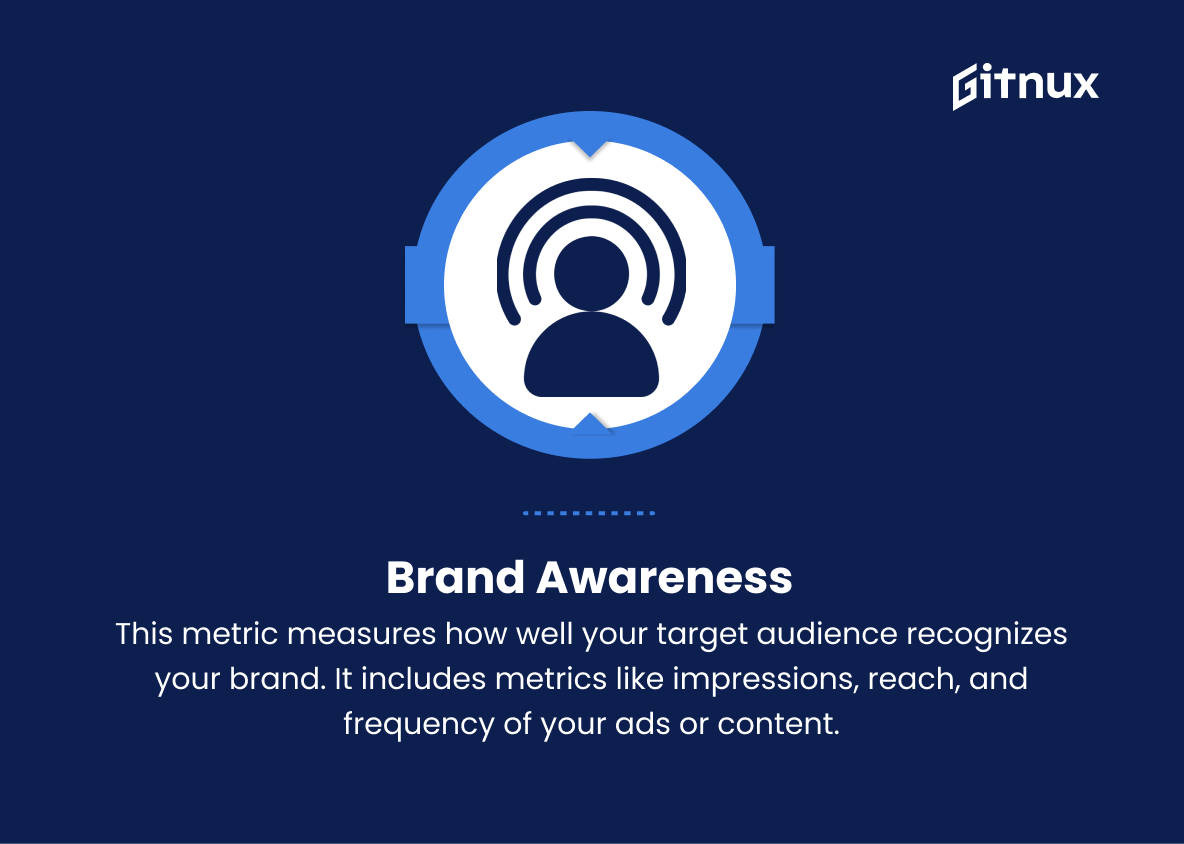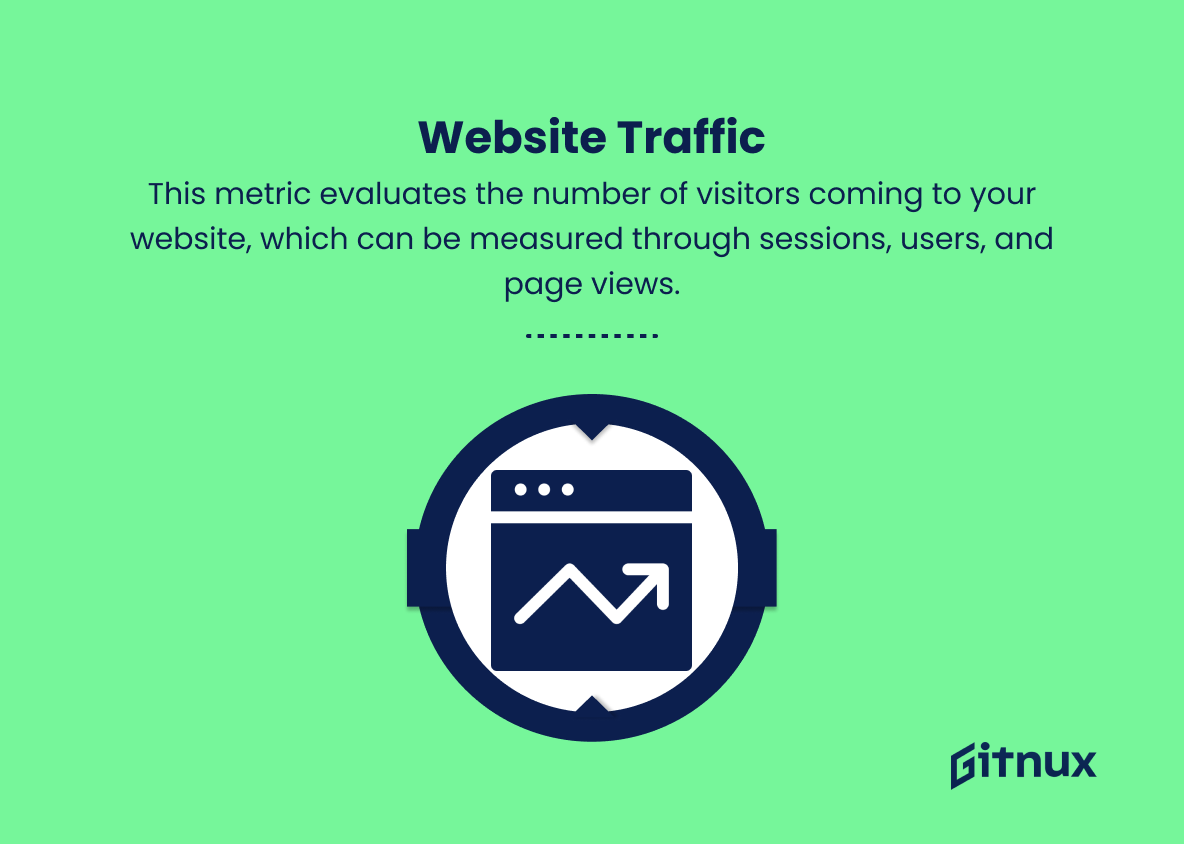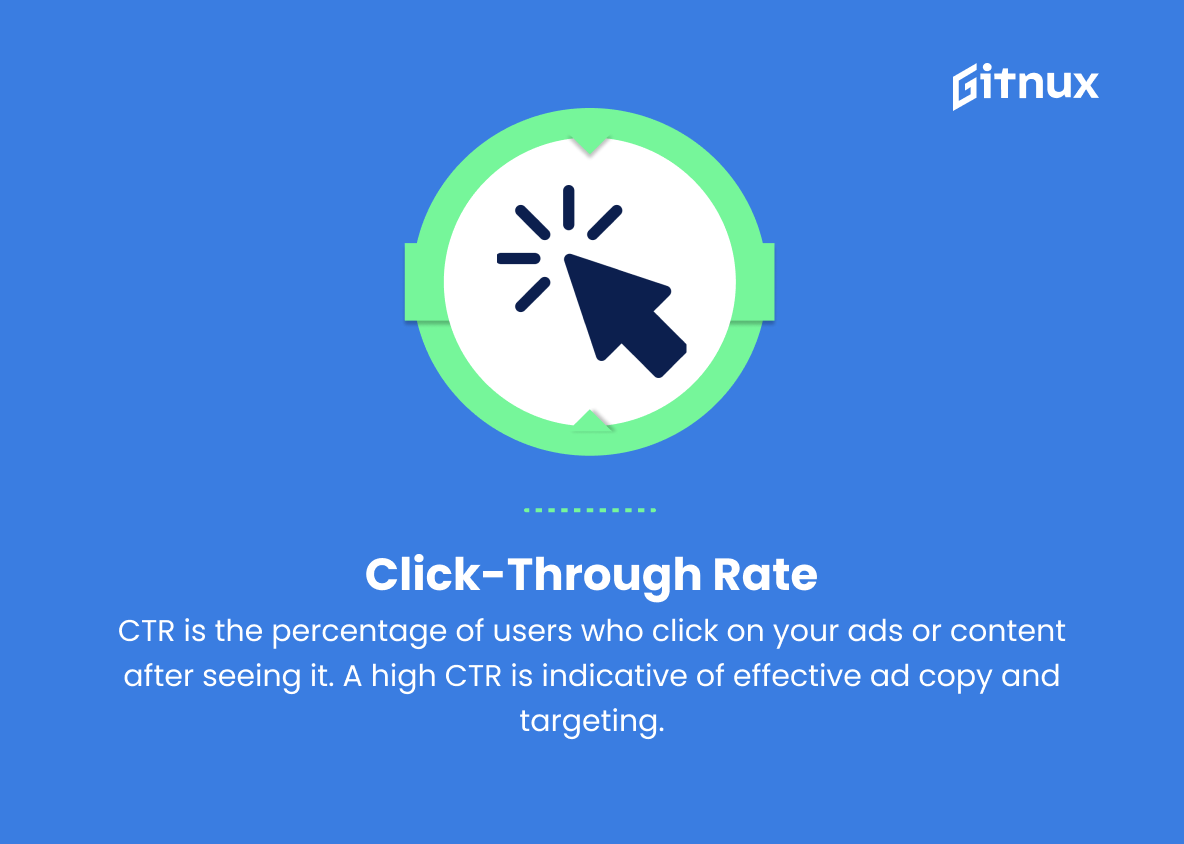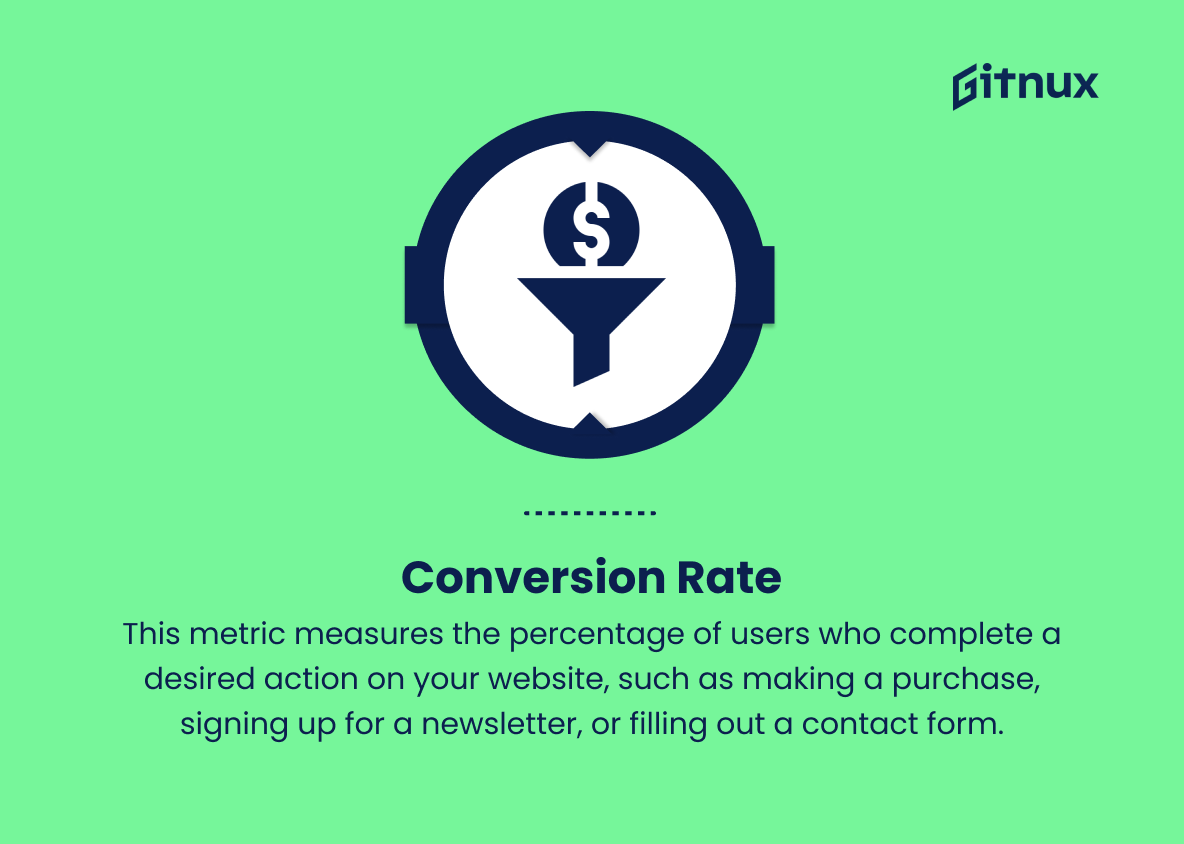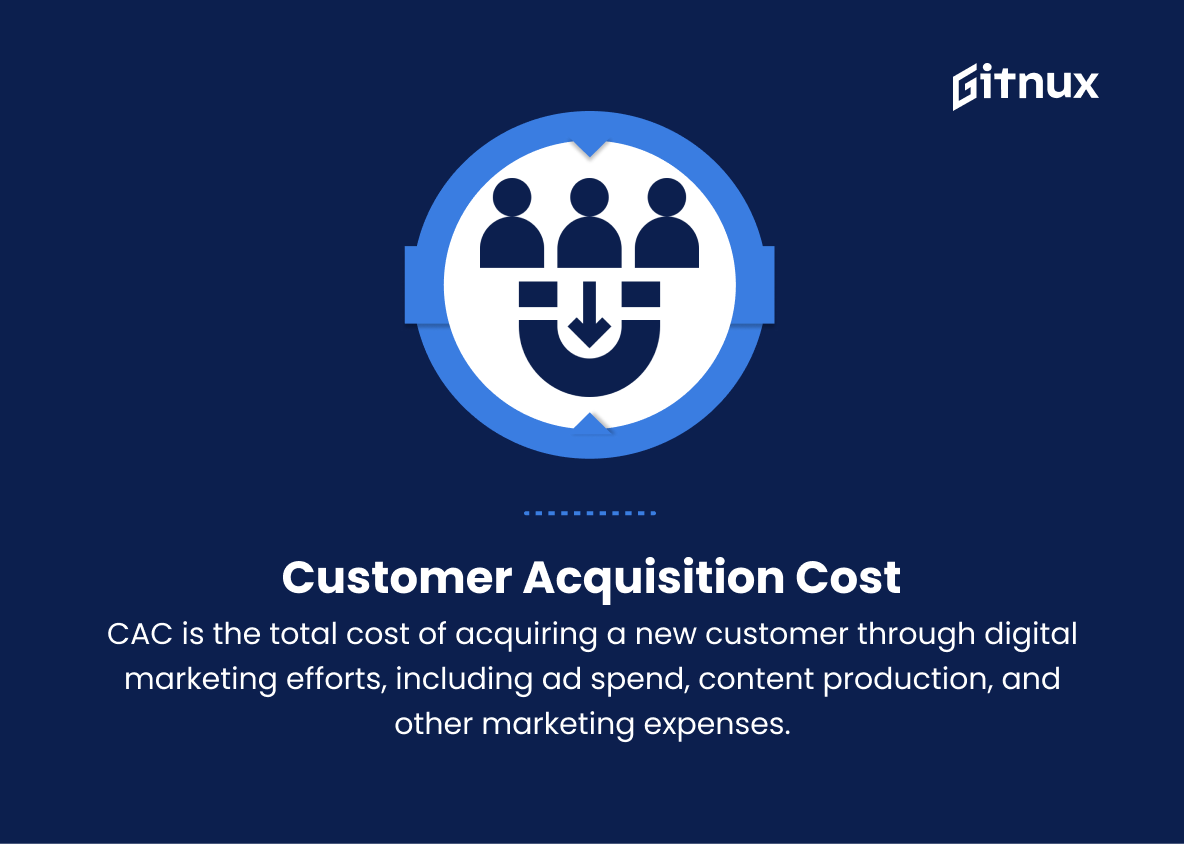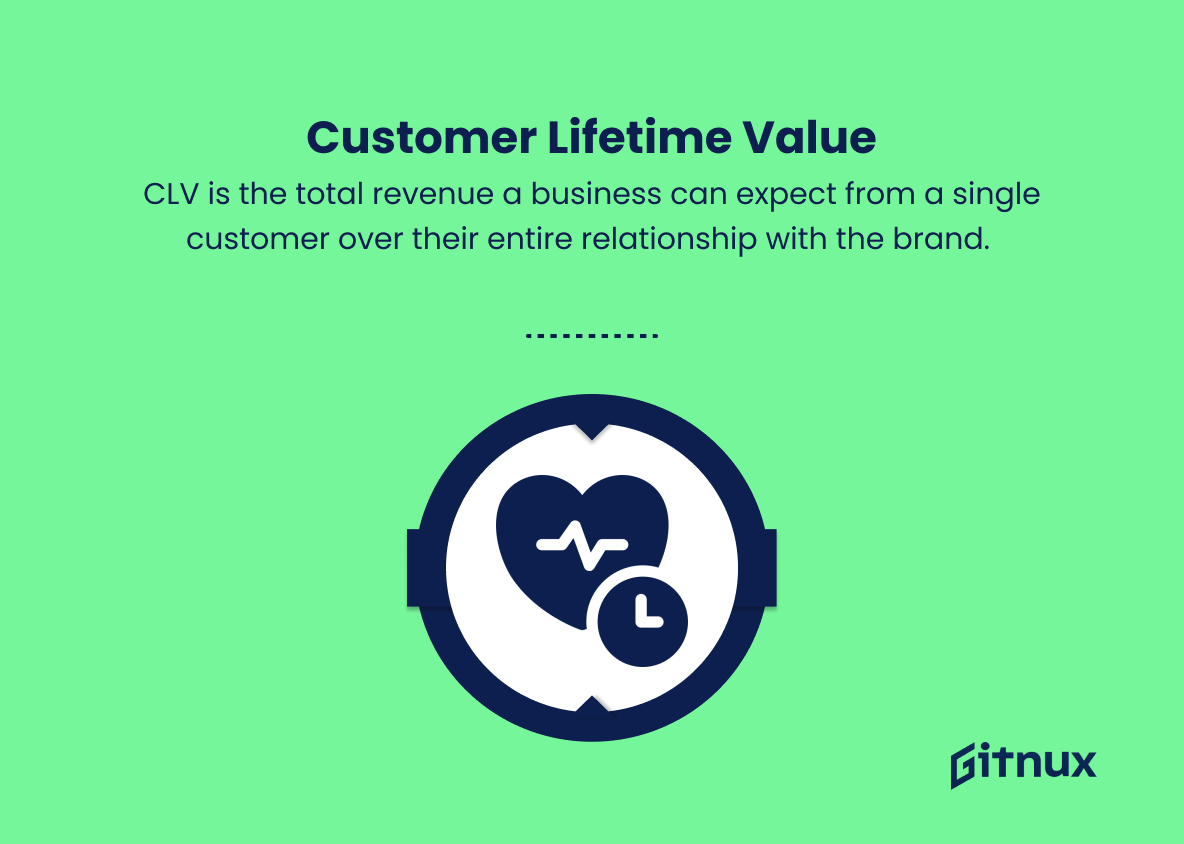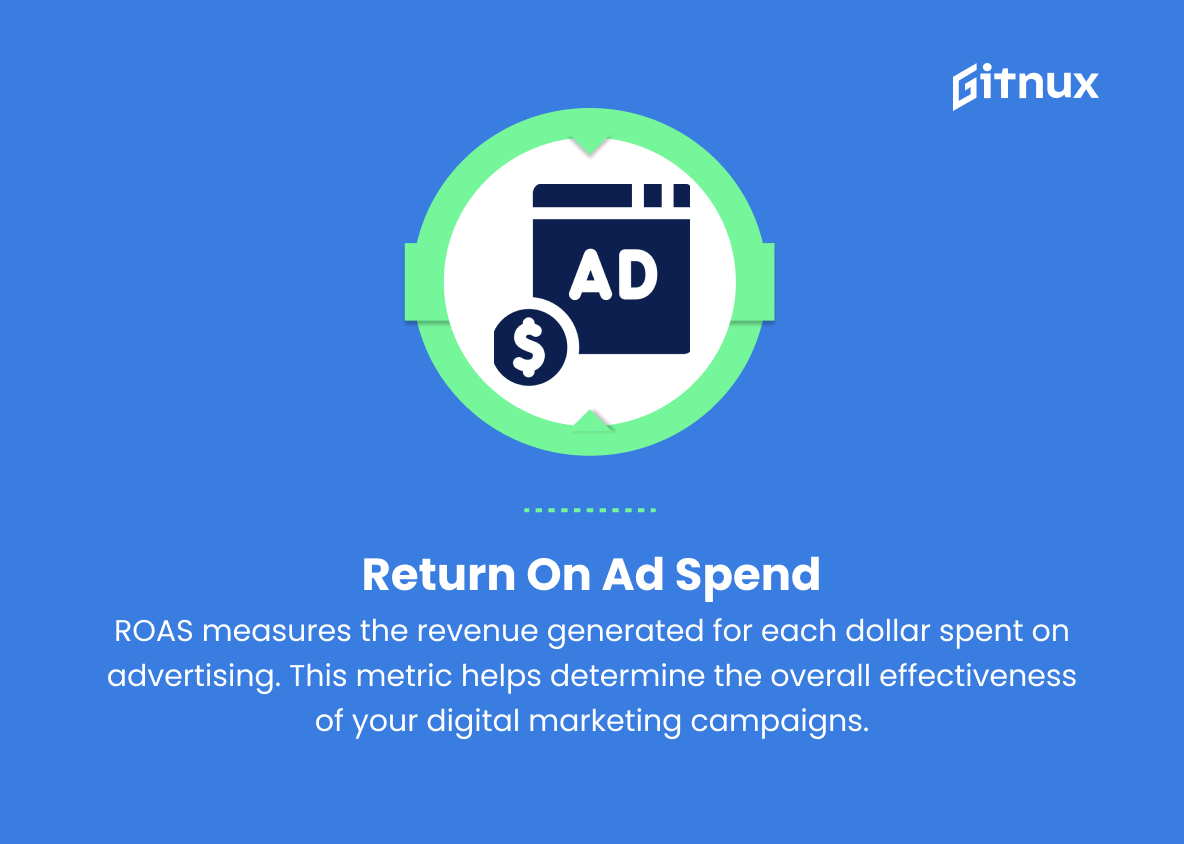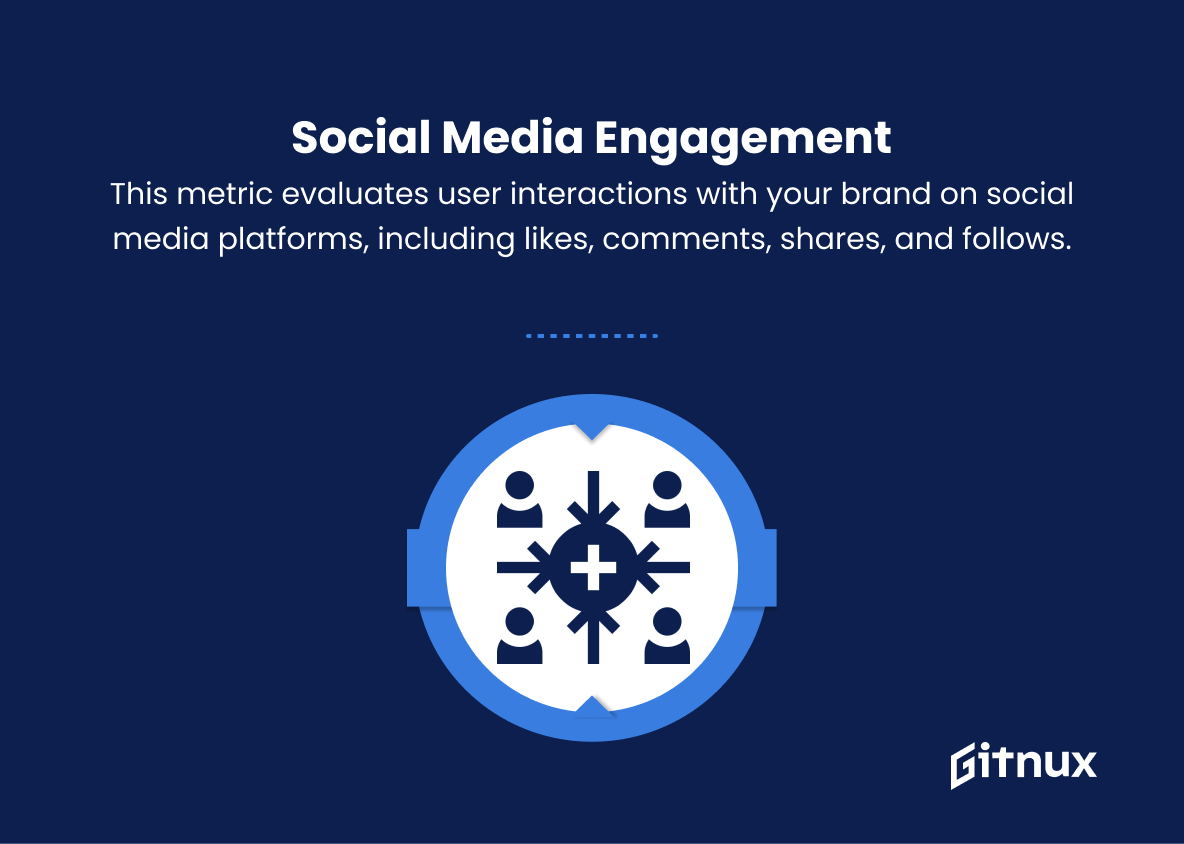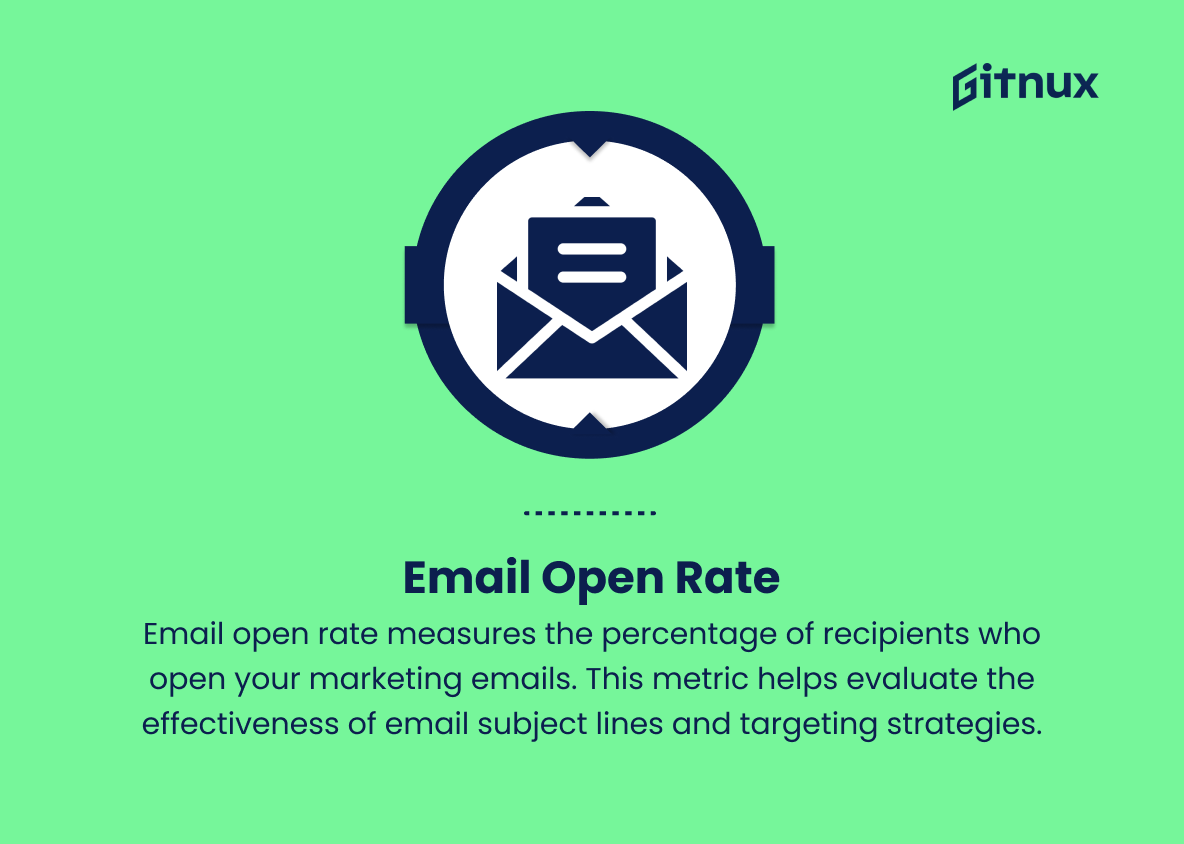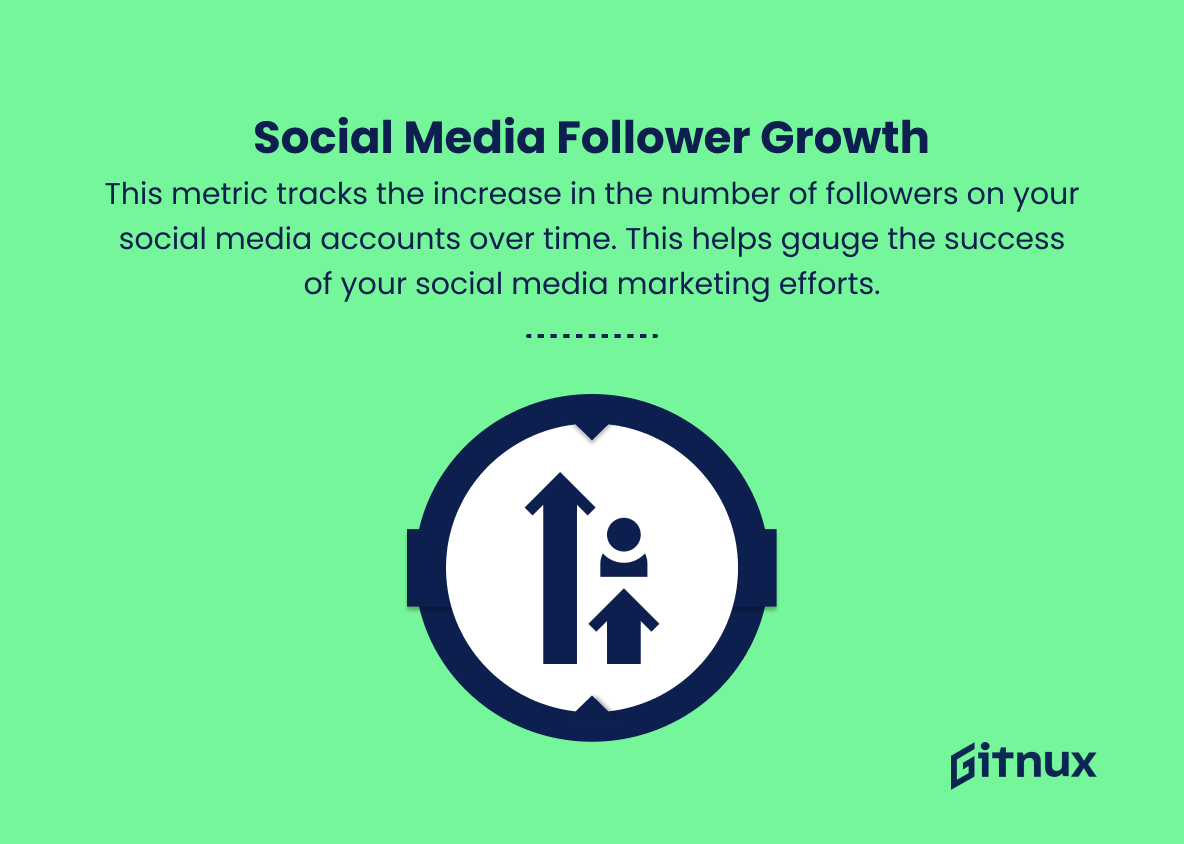To thrive in a competitive digital landscape, businesses must understand and optimize digital marketing funnel metrics. This blog post covers essential metrics for lead generation, conversions, and ROI. Learn how leveraging these metrics can transform your online marketing strategy and propel your business to new heights.
Digital Marketing Funnel Metrics You Should Know
1. Brand Awareness
This metric measures how well your target audience recognizes your brand. It includes metrics like impressions, reach, and frequency of your ads or content.
2. Website Traffic
This metric evaluates the number of visitors coming to your website, which can be measured through sessions, users, and page views.
3. Click-Through Rate (CTR)
CTR is the percentage of users who click on your ads or content after seeing it. A high CTR is indicative of effective ad copy and targeting.
4. Bounce Rate
Bounce rate measures the percentage of users who leave a website after viewing only one page. A high bounce rate may indicate ineffective landing pages or irrelevant content.
5. Conversion Rate
This metric measures the percentage of users who complete a desired action on your website, such as making a purchase, signing up for a newsletter, or filling out a contact form.
6. Average Order Value (AOV)
AOV is the average amount spent by customers during a transaction. This is calculated by dividing total revenue by the number of orders.
7. Customer Acquisition Cost (CAC)
CAC is the total cost of acquiring a new customer through digital marketing efforts, including ad spend, content production, and other marketing expenses.
8. Customer Lifetime Value (CLV)
CLV is the total revenue a business can expect from a single customer over their entire relationship with the brand. This metric helps businesses determine the long-term value of a customer and optimize marketing strategies accordingly.
9. Return on Ad Spend (ROAS)
ROAS measures the revenue generated for each dollar spent on advertising. This metric helps determine the overall effectiveness of your digital marketing campaigns.
10. Social Media Engagement
This metric evaluates user interactions with your brand on social media platforms, including likes, comments, shares, and follows.
11. Email Open Rate
Email open rate measures the percentage of recipients who open your marketing emails. This metric helps evaluate the effectiveness of email subject lines and targeting strategies.
12. Email Click-Through Rate (CTR)
Email CTR is the percentage of recipients who click on links within your marketing emails. This metric helps assess the effectiveness of email content and calls-to-action.
13. Unsubscribe Rate
This metric measures the percentage of recipients who unsubscribe from your marketing emails. A high unsubscribe rate may signal a need to reassess content relevancy or send frequency.
14. Social Media Follower Growth
This metric tracks the increase in the number of followers on your social media accounts over time. This helps gauge the success of your social media marketing efforts.
15. Lead to Customer Ratio
This is the percentage of leads generated that ultimately become paying customers. This metric illustrates the effectiveness of your lead nurturing processes and sales funnel.
Digital Marketing Funnel Metrics Explained
Digital marketing funnel metrics optimize marketing efforts, resulting in higher conversions, retention, and ROI. Metrics like brand awareness, website traffic, and CTR show campaign success, while bounce and conversion rates reveal website effectiveness. AOV, CAC, and CLV provide insights into customer value and inform resource allocation.
ROAS, social media engagement, and email marketing performance identify areas for improvement and refine strategies. Social media follower growth and lead to customer ratio show audience connection and nurture potential customers, contributing to business growth and success.
Conclusion
In conclusion, understanding and analyzing the digital marketing funnel metrics is crucial for the success of any online business. These metrics provide invaluable insights into the customer journey, allowing marketers to quickly identify challenges, areas of improvement, and opportunities to enhance their marketing campaigns.
By focusing on the different stages of the funnel – awareness, consideration, conversion, and retention – marketers can create a well-rounded strategy that caters to the specific needs of their customers, thus fostering long-term relationships and maximizing ROI. As the digital landscape continues to evolve, it is essential for businesses to stay agile by constantly monitoring and optimizing their marketing funnels to stay ahead of the competition and foster success in the digital world.
